Gun violence is a growing threat to public health
Gun violence and accidental gun deaths in the United States have become a serious threat to public health in recent years. Even worse, all indicators suggest casualties due to guns will continue rising. There has been a steep increase in suicides and murders involving guns over the past decade, reaching record or near-record highs. This includes the significant jump in murders observed during the pandemic, and unfortunately, there hasn’t been any shortage of gun violence in 2023. In fact, this summer has already been marked by a large number of mass shootings, including several over the 4th of July holiday.
Gun violence is not often considered in the context of public health and health policy. However, with these staggering numbers, gun violence is emerging as one of the leading causes of death for Americans. Deaths by guns include more than just homicides and mass shootings, encompassing suicides and accidental deaths as well. This range of gun-driven issues affects both adults and children, with data commissioned by the U.S. Congress Joint Economic Committee Democratic Staff finding that gunshot wounds are the leading cause of death for children. Suicides make up a large portion of all deaths due to guns, and firearm suicides among teenagers and children in the U.S. have been on the rise.
The mental health toll caused by exposure to gun violence has also been well documented. Multiple studies have found that exposure to gun violence increases suicidal ideation, PTSD, depression, and anxiety, among other effects. Notably, the mental health impact of gun violence is felt disproportionately by Latinos and Black Americans.
Given the implications of firearm deaths in public health, it is imperative to explore the attitudes of residents in New Mexico regarding the utilization of Medicaid funding to address this social issue. New Mexico is an ideal state to analyze given the frequency of gun-related deaths in the state. The state ranked 3rd highest in the nation in 2021 for rates of gun violence with higher than average rates of gun fatalities for youth and adults alike. Following multiple deaths of young children in the state, Governor Lujan Grisham declared a public health crisis and immediately implemented emergency directives that included preventive measures such as monthly inspections of firearms dealers in the state and protecting children in public parks and playgrounds.
Public sentiment on using Medicaid dollars to address gun violence
As illustrated in earlier work, voters are highly supportive of policy interventions aimed at addressing gun violence and gun control. However, there has not been much data specifically focused on the utilization of Medicaid funding to tackle gun violence. This limitation is highlighted in the public opinion research utilizing fresh data from New Mexico’s Health Services Department.
The New Mexico Health Access Survey of 1,600 New Mexican residents includes questions about several measures that reveal to the state the policy attitudes of the population regarding these initiatives. This includes the utilization of Medicaid dollars to address several social issues that negatively impact health outcomes in the state, including gun violence. The survey found that 67% of New Mexicans support allowing the use of federal Medicaid dollars to reduce gun violence and mass shootings, compared to only 15% who oppose. The remaining 17% hold a neutral position.
Support for addressing gun violence through the use of Medicaid dollars is high across essentially all sub-groups of the population—including residents of rural counties of the state, 63% of which support the proposal. This is particularly promising given the higher rates of gun ownership among rural residents and their inclination towards conservative ideology compared to residents of urban areas of the state. Although the majority of all racial groups in the state are supportive of utilizing Medicaid dollars for this purpose, Black and Latino respondents are more supportive of the policy proposal than white respondents, which is notable given that people of color are more likely to become victims of gun violence. More specifically, Black, Latino, and Native Americans in New Mexico are more likely to die from gun violence than whites in the state, and Black residents are four times more likely to die from gun violence than their white, non-Hispanic New Mexican counterparts. Although specific to one state, the proposal’s robust support should assure policy leaders in other states in their pursuit of creative interventions to address gun deaths in their states.
Interventions to consider with Medicaid dollars
Although federal Medicaid rules prohibit expenditures for most non-medical services, state Medicaid programs have been developing strategies to tap into Medicaid dollars to address social challenges and social determinants. During the pandemic, the Center for Medicare and Medicaid Services provided some guidance to states on how to use Medicaid dollars to address social determinants of health.
The research on gun casualties suggests that accidental deaths are an important area to address through interventions, particularly to help protect children. Most accidental gun deaths involving children occur when kids are playing with guns, mistaking them for toys. Astonishingly, over 90% of those casualties happen with a gun that is loaded, unlocked, and accessible to the child. This implies that offering residents both educational resources regarding the hazards linked to children’s access to firearms and cost-effective or complimentary gun safety locks could significantly influence the observed concerning pattern in the data. In fact, research has found that utilizing smart gun safety systems saves lives, making them an attractive tool that can have tremendous benefits for states.
Although relatively new, several states have already initiated programs like this in their jurisdictions. This includes Minnesota, where they have given away free gun locks at their state fair to reach their goal of having a gun lock in the hands of all gun owners in the state. In Connecticut, on the other hand, the state has diverted some Medicaid funds to cover the cost of hospital-based violence intervention that is aimed at preventing gun violence victims from becoming revictimized again.
State leaders must be conscious of budget considerations within their Medicaid programs, as states have seen increased reliance on Medicaid services. There is fortunately a high projected return on investment for any interventions that can help reduce gun violence. Gun violence does not only take a human toll, but an economic one as well, as the cost of gun violence exceeds $1 billion dollars annually in initial medical costs for gunshot victims alone.
In New Mexico, gun violence costs an estimated $3,133 per resident annually, with gun deaths and injuries costing New Mexico $6.6 billion each year, of which $141.8 million is paid by taxpayers. Gunshot victims are not only very expensive to treat, but those who are able to be saved often find themselves back in the emergency room as repeat gunshot victims. Given that most of these patients are covered by Medicaid if they are insured, the use of Medicaid dollars to address this challenge is highly appropriate.
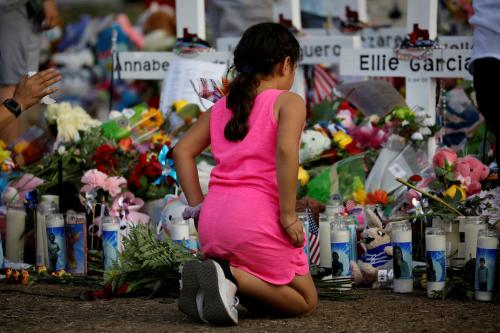
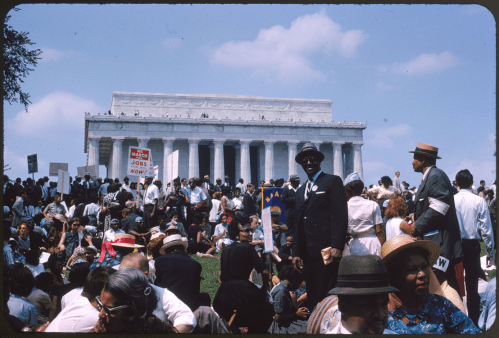
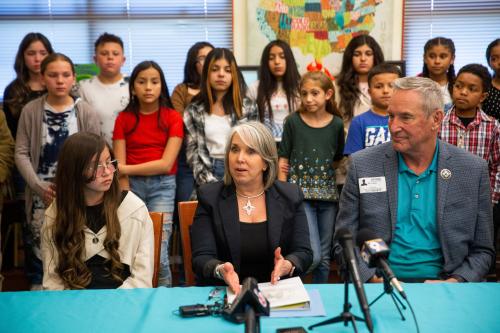
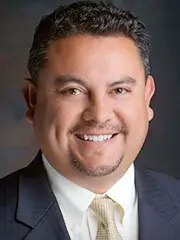
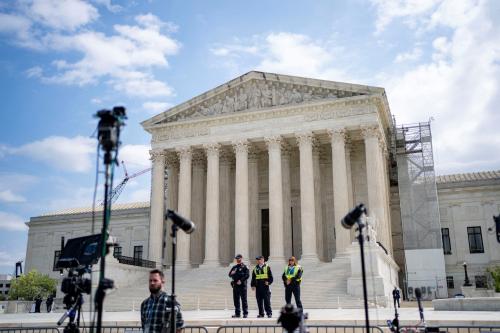

Commentary
Medicaid funding to address gun violence appears promising for some states
October 3, 2023